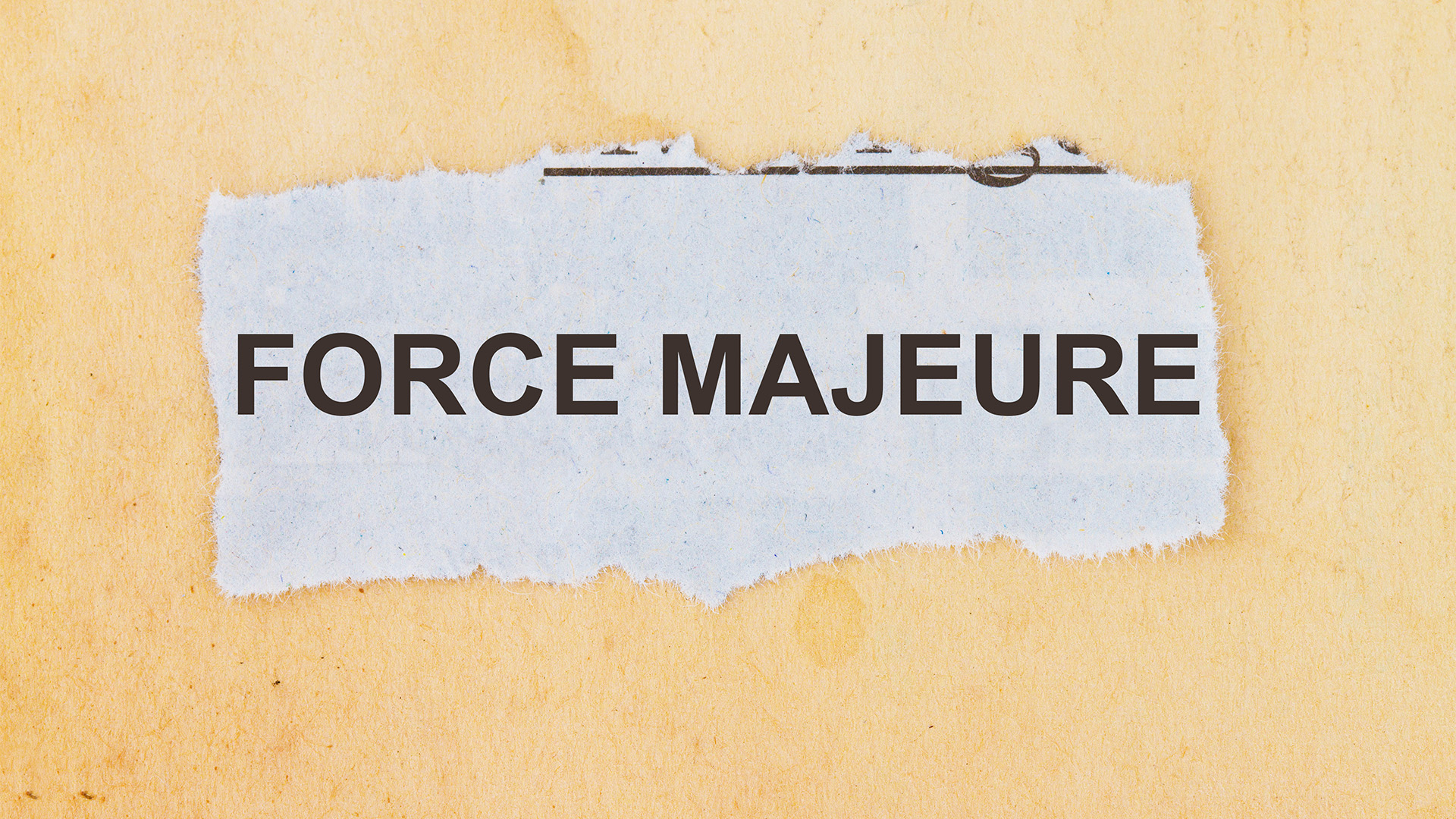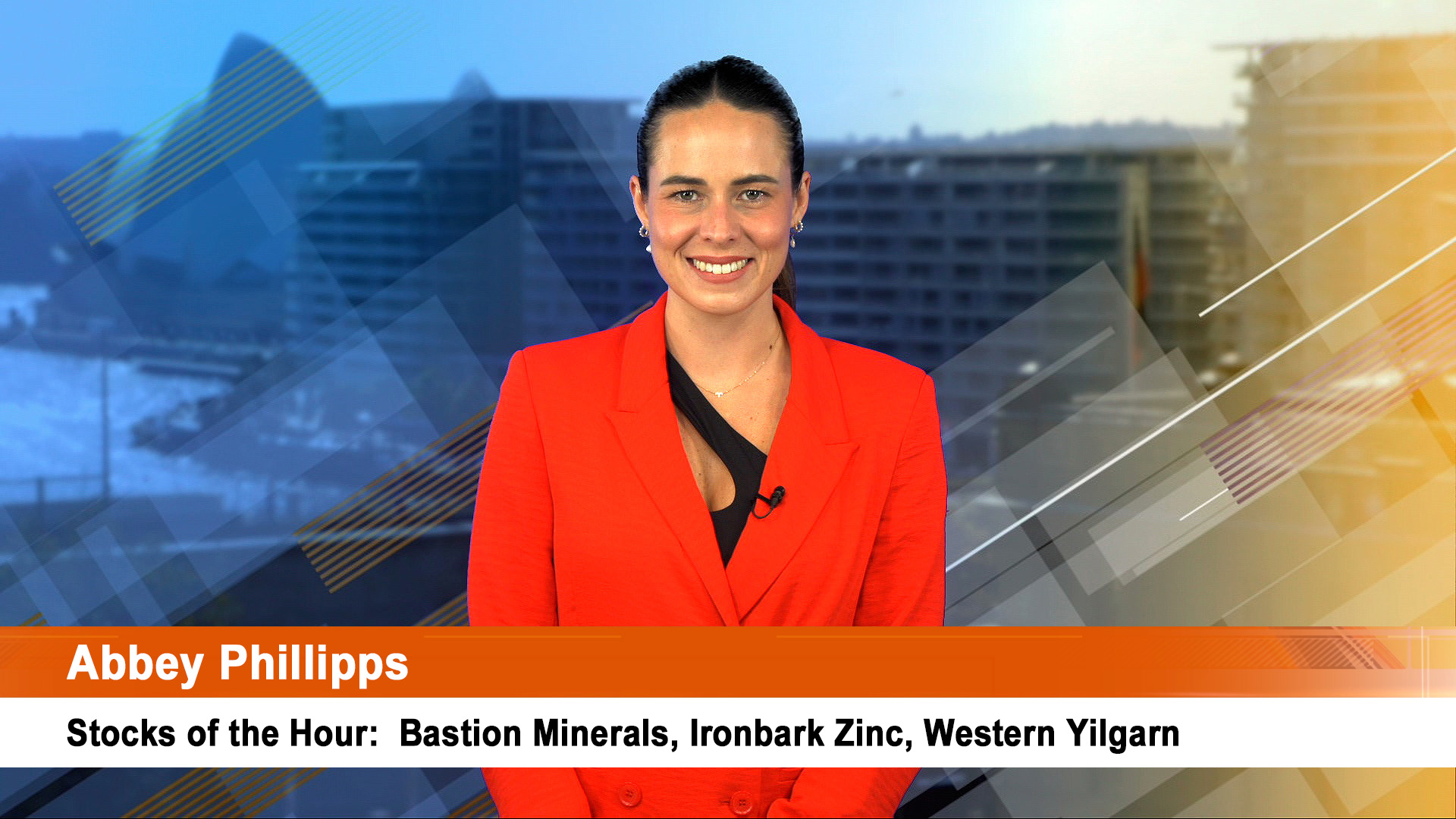Expectations of another rate rise at next Tuesday’s Reserve Bank board meeting might have to be tempered after official data yesterday revealed sluggish retail sales and another down month for building approvals.
At the same time lending figures from the Reserve Bank confirmed the demand for loans remains steady and fairly quiet.
But news of another solid rise in house price in February could tip the RBA’s hand.

Data from RP Data-Rismark showed a 1.4% nationwide rise in home prices in February, down on the 2% rise in January, but a surprise, according to the survey firm.
There seems to be a slight slowing, and that will be taken as the rate rises last year having an impact.
The betting is still in favour of one happening of 0.25% (to lift the cash rate to 4.25%).
The belief that a rate rise will happen has flowed from solid data, especially the continuing surge in good news from the resources sector, high clearance rates for housing auctions, at rising prices and a series of comments this week by Governor, Glenn Stevens on those housing prices and their current strength.
He was in the public eye again yesterday and hopefully readers of his comments will get to understand that the bank is about managing the economy, not the result.
So it is lifting rates to slow demand and activity to take pressure off resources and inflation.
Yesterday’s data does show there are weak areas of demand in important sectors of the economy, a development the bank will have been looking for.
The AMP’s chief economist, Dr Shane Oliver, yesterday suggested the retail and approvals data could be used by the central bank to pause on rate hikes.
He said Governor Glenn Stevens’ comments on breakfast TV "effectively warning that interest rates were likely to rise has been interpreted as pointing to an interest rate hike next week."
But Dr Oliver said the "weak February data for retail sales and building approvals indicate there is a strong case for the RBA to hold fire on interest rates next week and stick to a gradual approach in returning interest rates to more normal levels.
"The odds are that the February softness is nothing to get too concerned about, but with inflation expected to remain under control and the message now coming through loud and clear that further rate hikes are likely, nothing will be lost by waiting another month or so just to be sure that the February softness is not indicative of something more substantial."
The NAB Alan Oster and Macquarie Bank’s Rory Robertson both went for a rate rise in commentaries earlier in the week.
The two key bits of data for consumption (retail sales) and building approvals, released by the Australian Bureau of Statistics, show a less than buoyant level of activity and demand.
Retail sales fell 1.4% in February, after the 1.1% rise in January and the 0.8% rise in December and building approvals fell 3.3% in the same month, to be now down for five successive months.
A feature of both sets of figures was that NSW was the worst performing state, with the largest falls in both approvals and in retail sales.
The Reserve Bank’s private credit figures for housing, personal and business lending were all steady on January: total credit rose 0.4%, as it did the month before and housing was up 0.7%, as it was the month before.
The annual rate of growth for the 12 months to February grew slightly to 1.6% from 1.3% in January, which is nothing to get wild about. It’s about what the RBA has been expecting, from comments in recent speeches by senior officials.
Some of the commentary has focused on Mr Stevens’ comments on the Sunrise program on the Seven Network, but much of what he has been saying has been prospective; about what might happen in the future if there’s not a cooling in prices and demand.

And yet, the slide in building approvals for a 5th successive month would indicate there is a slowing in demand, which is good and bad news.
The bad is the more interesting in the current context because the slowing in approvals will reduce the supply of new housing units and force prospective buyers into the market for existing homes and units, which are in short supply.
Housing price rises are concentrated in the more affluent suburbs of the capital cities as they catch up to the big losses of 12 to 18 months ago.
The Reserve Bank’s Assistant Governor, Economics, Phil Lowe said last week that prices in lower priced suburbs had been flat now for five months.
He also remarked on the slide in building approvals since last October.
And he also pointed out that we have not seen any relaxation in lending standards by banks. If anything, there has been a stiffening in recent months.
Housing finance figures which show the demand for loans for existing, as well as new homes won’t be issued until April 12, six days after the RBA board meeting next week.
The ABS said the number of dwellings approved fell in NSW by 14.6%, Victoria 1.9% and South Australia 23.3%. There was a fall in the number of approvals for private sector houses (-0.9%) this month following increases in January 2010 and December 2009. NSW saw a fall of 1













